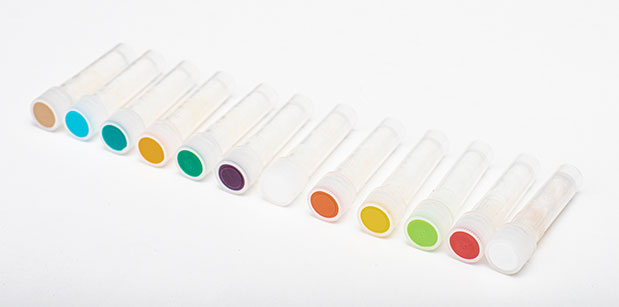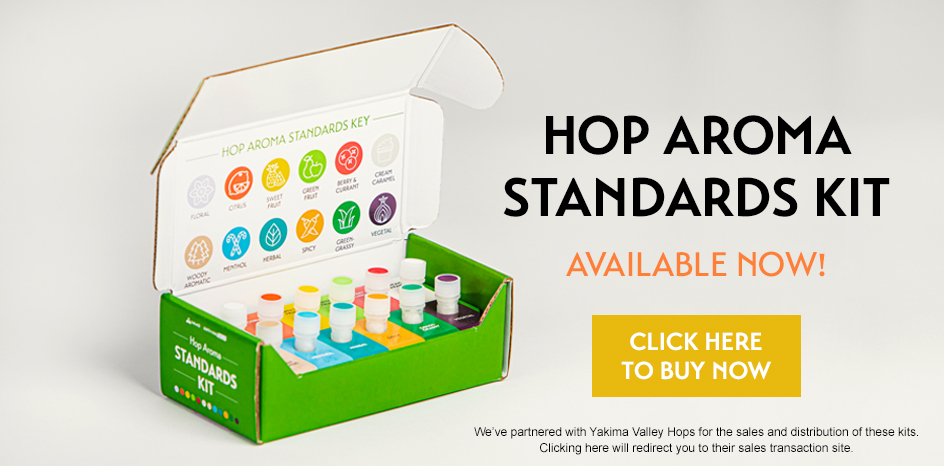Training for your Senses
Finding common terms for sensory experiences has always been a challenge. That’s why HAAS® developed this uniform system to define specific aroma categories and identify distinct attributes for each.
Floral
Rose, Jasmine, Geranium, Lilac, Lavender, Lilly, Chamomile, Apple Blossom, Elderflower, Carnation, Hibiscus
BERRIES & CURRANTS
Strawberry, Blueberry, Raspberry, Blackberry, Black Currant (Catty), Red Currant
Herbal
Basil, Oregano, Rosemary, Thyme, Parsley, Tarragon, Dill, Fennel, Green/Black/Mate Tea, Cannabis
Citrus
Grapefruit, Orange, Lemon, Lime, Tangerine, Pomelo, Bergamot, Lemongrass, Ginger
Cream Caramel
Cream, Butter, Yogurt, Honey, Caramel, Toffee, Coffee, Chocolate, Vanilla, Coconut, Tonka
Spicy
Black Pepper, Chile Pepper, Curry, Juniper, Aniseed, Licorice, Nutmeg, Cinnamon, Clove, Allspice, Gingerbread, Fennel Seed, Cardamom
Sweet Fruit
Peach, Apricot, Mango, Passion Fruit, Lychee, Guava, Pineapple, Melon (Water-, Honeydew, Cantaloupe), Banana, Cherry, Plum, Dried Fruit, Kiwi
Woody Aromatic
Pine, Oak, Cedar, Resin, Barrel, Leather, Tobacco, Incense, Myrrh, Woodruff, Cognac, Earthy
Green-Grassy
Fresh Cut Grass, Hay, Tomato Leaf, Cucumber, Green Pepper, Nettle, Seaweed
Green Fruit
Pear, Apple, Quince, White Wine Grapes, Gooseberry
Menthol
Mint, Menthol, Camphor, Sage, Eucalyptus, Lemon Balm, Tea Tree, Wintergreen
Vegetal
Celery, Carrot, Onion, Garlic, Cabbage, Leek, Artichoke, Radish
Included in the Kit:
The Hop Aroma Standards Kit contains 12 individual aroma vials each representing one of the aroma categories that comprise the 12-point Barth-Haas sensory language. The Kit has been created as a tool to train brewers and the brewing industry on the unique aromas of hops. Each vial is made up of food grade compounds that was developed for smelling (orthonasal),
not for consumption.
*We’ve partnered with Yakima Valley Hops for the sales and distribution of these kits. Clicking will redirect you to their sales transaction site.

The Science Behind the Kit
Victor Algazzali, Flavor Sensory Chemist at Haas, describes the development of the flavor compounds and subsequent flavor language that are showcased in the Hop Aroma Standards Kit.
How to Use
Instructions
Use the Hop Aroma Standards Kit as a tool during regular sensory training sessions or as a warm-up before sensory evaluation. In order to train your senses to better identify hop aromas, it is recommended that you routinely smell the aroma vials.
- Simply take an aroma vial from the Kit and unscrew the cap.
- Gently smell (do not consume) the aroma that diffuses from the aroma vial.
- Replace the cap on the aroma vial and return the vial to its position in the Kit.
Storage Conditions
We recommend storing the Hop Aroma Standards Kit in your sensory booths, sensory room, or space designated for beer quality evaluations. Store the Hop Aroma Standards away from sun light in room temperature conditions (65F). For prolonged storage you may store the Hop Aroma Standard Kit in a refrigerator or freezer (0-40F). If stored cold, ensure that the vials return to room temperature before use in sensory training.
Shelf Life
We guarantee 6 months shelf life at room temperature (65F) with repeated usage. Storing vials in colder conditions with less frequent usage may increase shelf life. For the Best Before Date, see the manufacturer label on the bottom side of the Hop Aroma Standards Kit.
*We’ve partnered with Yakima Valley Hops for the sales and distribution of these kits. Clicking will redirect you to their sales transaction site.
